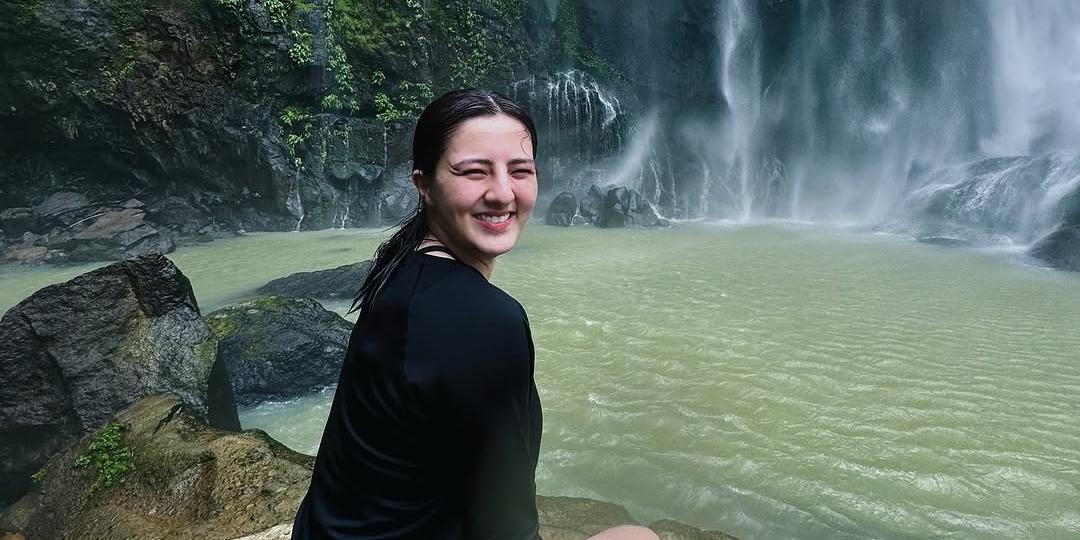Alora Griffiths via Unsplash When you think of dementia risk , chances are your mind goes to mental signs like forgetfulness ― which is the most common symptom. But recent research has found links between the brain condition and our physical signs. For instance, how long you can stand on one leg in older age seems to be associated with your likelihood of developing Alzheimer’s; signs of frailty may belie higher risk nine years ahead of diagnosis .
Advertisement And now, a study from researchers at several Johns Hopkins Medical Institutions has found that the size of one particular muscle seems to be linked to a higher probability that participants in their study would go on to face dementia. What’s the muscle? The study, which was shown at the Radiological Society of North America meeting this month, wanted to look at the effects of sarcopenia, or muscle mass loss, on dementia risk. Sacropeania is often considered a common side-effect of normal ageing.
“Beginning as early as the [fourth] decade of life, evidence suggests that skeletal muscle mass and skeletal muscle strength decline in a linear fashion, with up to 50% of mass being lost by the [eighth] decade of life,” a paper published in Current Opinion in Rheumatology reads. Advertisement Previous research has shown that the size of the temporalis muscle, which is responsible for closing your jaw, is strongly associated with how much of an effect sarcopenia has had on your body. So the Johns Hopkins researchers l.



















